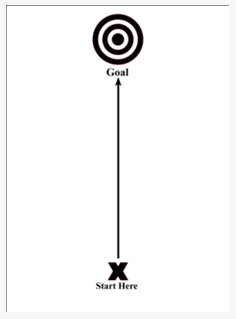Management Would be Easy if You Didn’t Have to Deal with People, part 3 of 3
Conditions for Empowerment
We realize that so far this empowerment process looks fairly easy. Set the goals for everyone, establish their boundaries, and set ‘em all loose.
As you might guess, it isn’t quite that simple. But it’s not too far off really.
Before a manager can put a team member in an empowered environment, the manager must be satisfied that the team member can meet some very specific conditions. They’re quite straightforward, but they are absolutely critical.
There are three steps that we follow to ensure that our employees are correctly empowered – that they have both the responsibility and authority to conduct their activities effectively. We’ve already talked a bit about the first two: establishing goals and boundaries.
The third step is to ensure that the correct conditions exist between the manager and the employee. This third step is critical, but oftentimes it isn’t even considered. We’ve found that without these conditions, the employee and the manager are doomed to failure. There are three of these conditions, all of which are equally important, and all of which must be demonstrated by the employee to the manager:
Hi there! This article is available for free. Login or register as a StrategyDriven Personal Business Advisor Self-Guided Client by:
Subscribing to the Self Guided Program - It's Free!
About the Author


